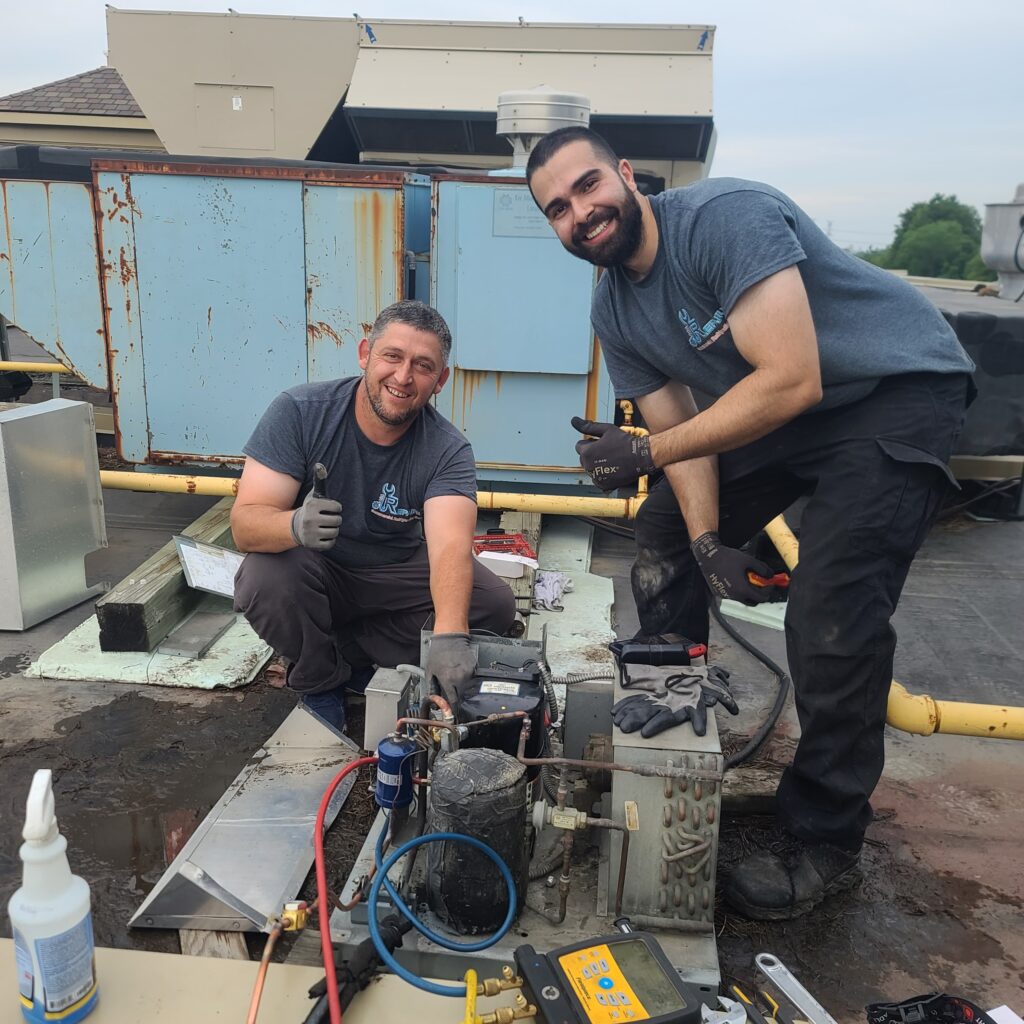
The chill of a faulty refrigeration unit can quickly turn into a blazing crisis for any food business. That’s where commercial refrigeration repair steps in—not just to solve problems, but to safeguard operations, brand reputation, and customer trust.
Consider the complexity of a large-scale operation: dozens of refrigerators, freezers, prep units, and display cases each play a role in food safety. One malfunction can cascade across production lines. Emergency repair teams are the unsung heroes, rushed in at midnight to fix broken compressors, defrost systems gone rogue, or stubborn door seals. Their ability to diagnose engines of spoilage with speed often spells the difference between extra inventory orders and shutdowns.
But reactive repair isn’t enough. Savvy operations invest in commercial refrigeration services to avoid disruptive glitches in the first place. From annual refrigerant leak checks to blower motor insulation assessments, disciplined service schedules help prevent unplanned downtime. Good providers use logs, infrared scans, and manufacturer software to keep systems in check—and optimized.
When it comes to larger ubiquitous systems, walk-in freezer repair is uniquely challenging. Its variables—size, insulation needs, usage patterns—mean failures often go unnoticed until temperatures slip too low. Thaw can cause rot; an electrical spike could fritz out defrost timers. That’s why periodic calibration, high‑accuracy temperature controls, and critical system tests are vital. Trained technicians analyze everything from pressure readings to oil return systems, ensuring continuous operation.
Meanwhile, walk-in cooler repair takes center stage in the produce, dairy, and beverage sectors. Runaway humidity and ice buildup can develop silently behind gaskets or evaporator fins. A powerless cooler ruins cakes, salads, and sliced produce—and can damage refrigerated displays. Skilled repair teams trace line-set integrity, defrost patterns, and fan airflow to rip out issues irreversibly.
Keeping these systems reliable also requires savvy logistics—especially when it comes to parts. A well-structured refrigeration parts supply in Richmond Hill ensures technicians don’t drive hours just for a valve or gasket. Many refrigeration service companies partner with local equipment suppliers or maintain dedicated warehousing, making parts and tools—coolant gauges, expansion probes, seal kits—quickly accessible at job sites.
Finally, a commitment to best practices elevates performance. On‑site teams frequently carry advanced refrigeration tools in Richmond Hill, enabling Thursday evening service calls or weekend preventative maintenance. These include nitrogen tanks, refrigerant scales, leak detectors, and infrared imaging. These tools help reduce guesswork, allowing “first‑visit” fixes in more than 90% of service calls—minimizing disruption and costs.
In essence, fast and reliable commercial refrigeration repair, supported by proactive service and local supply chains, becomes the backbone of secure operations. It bridges the gap between equipment failure and business continuity—protecting profits, preserving food quality, and keeping kitchens running.






